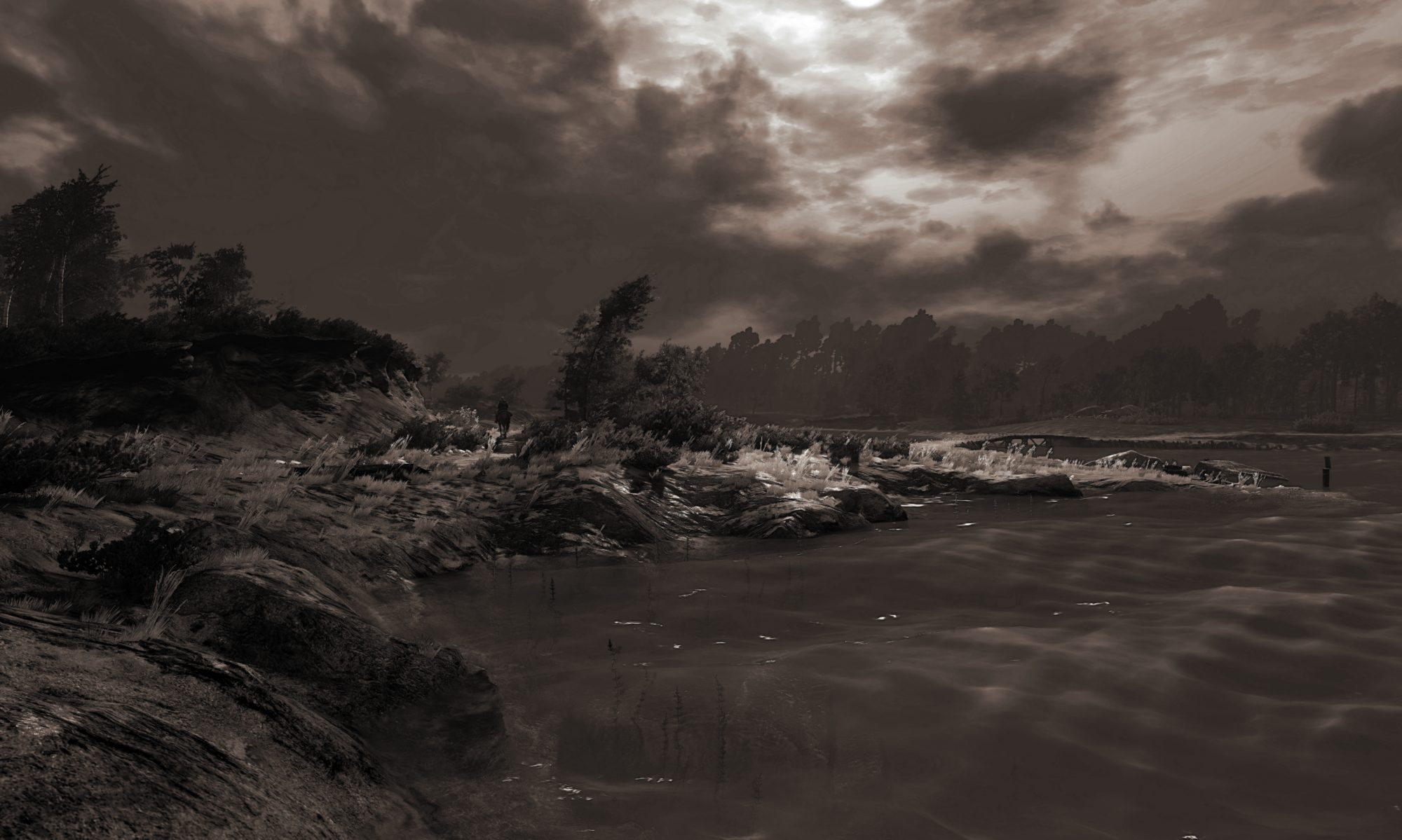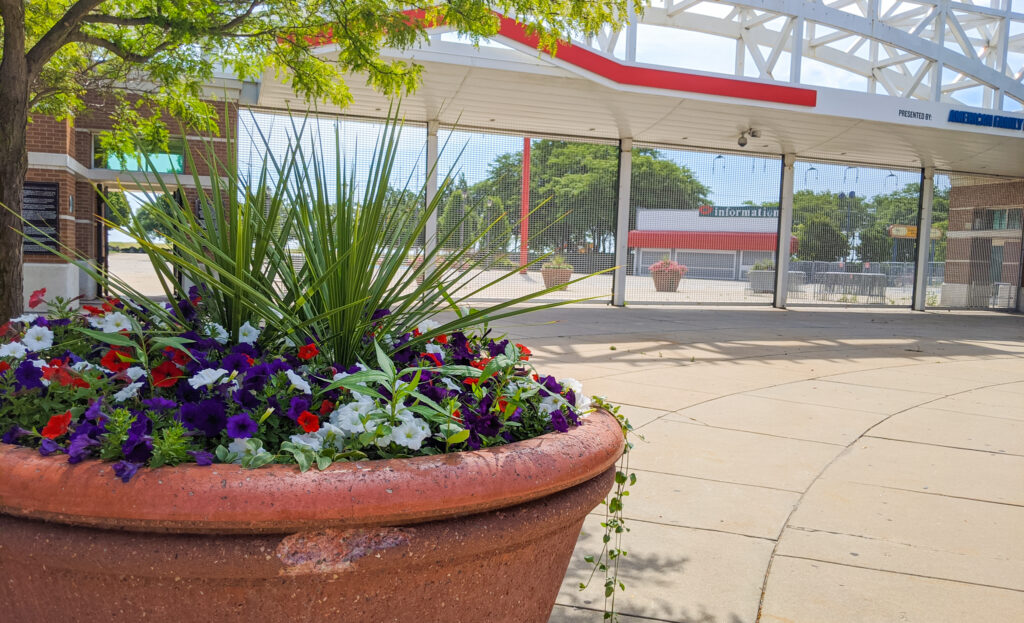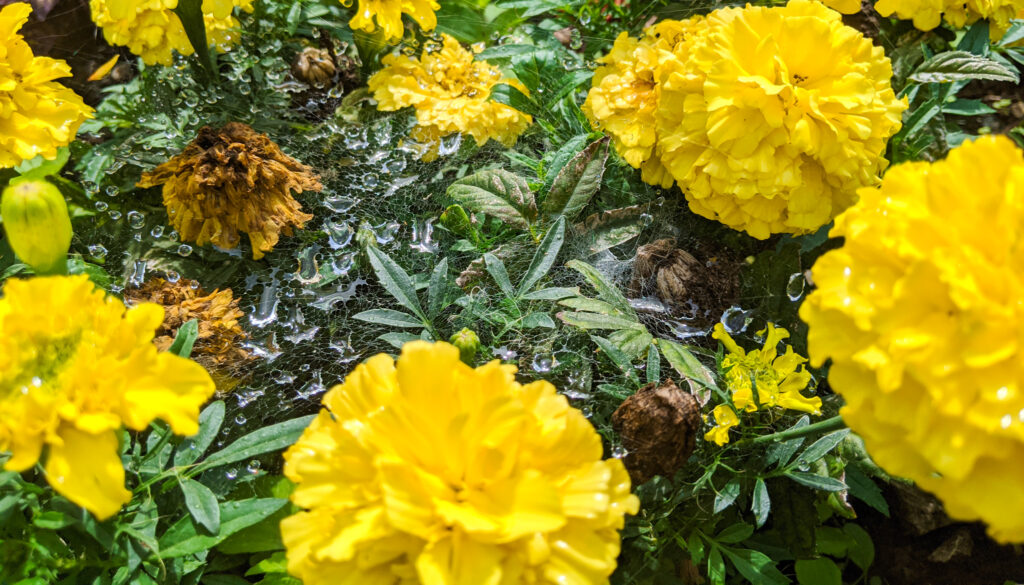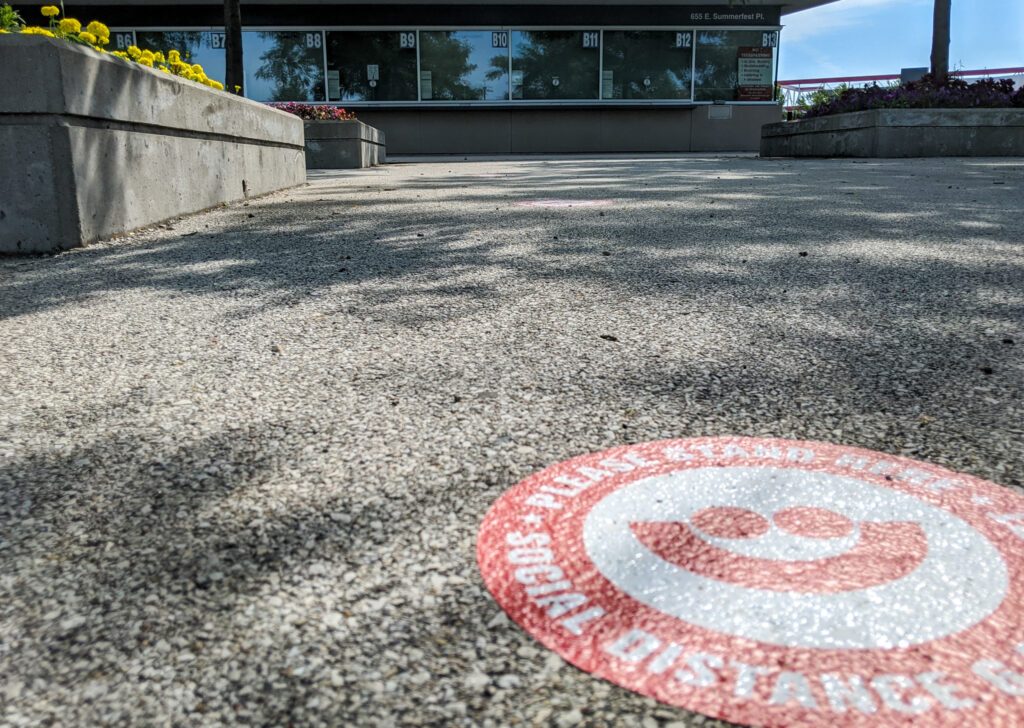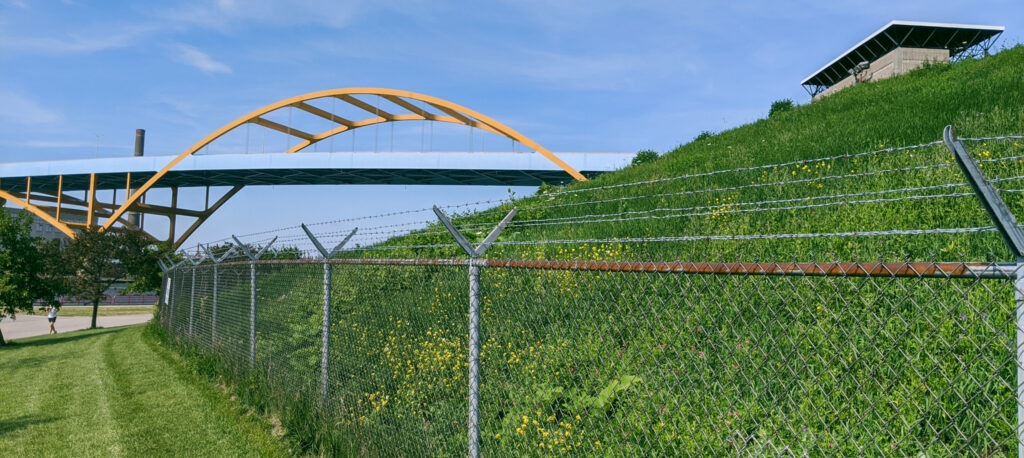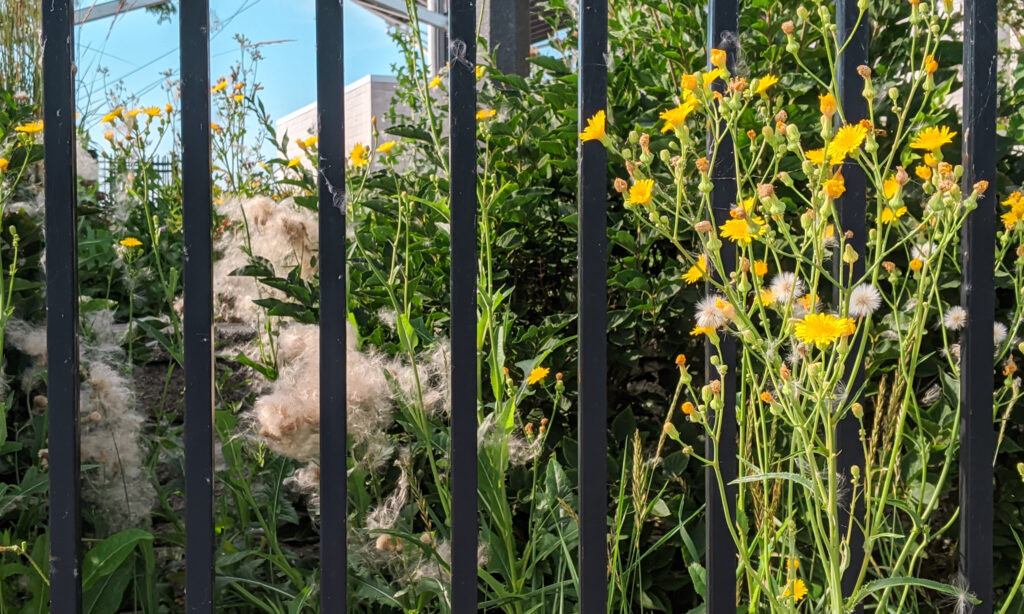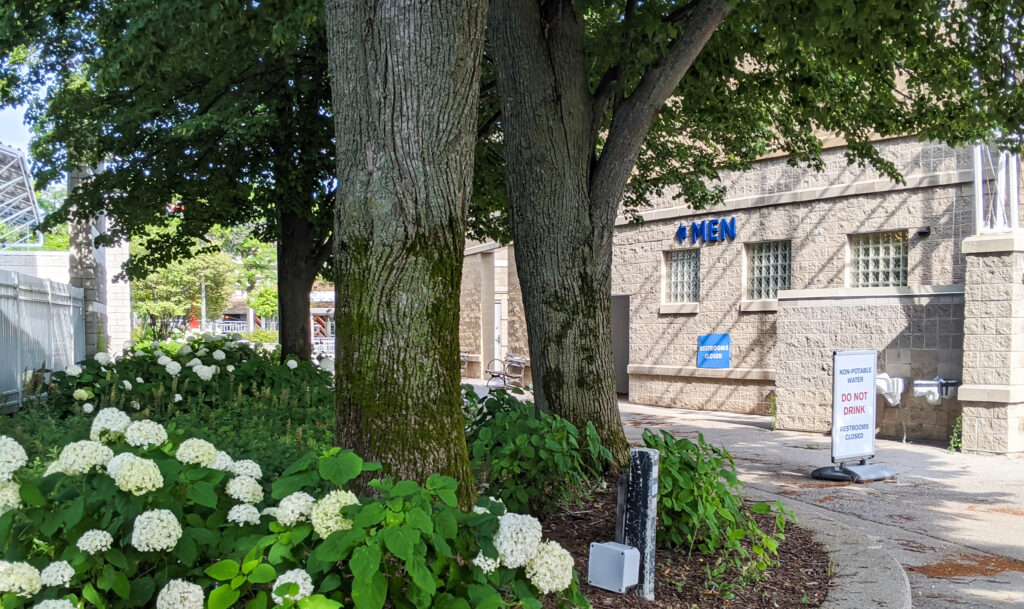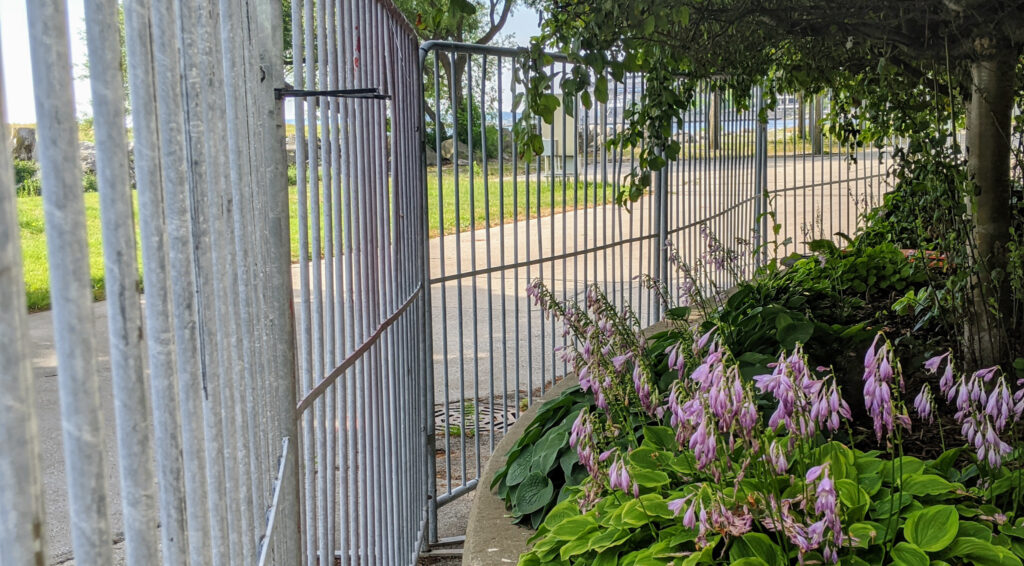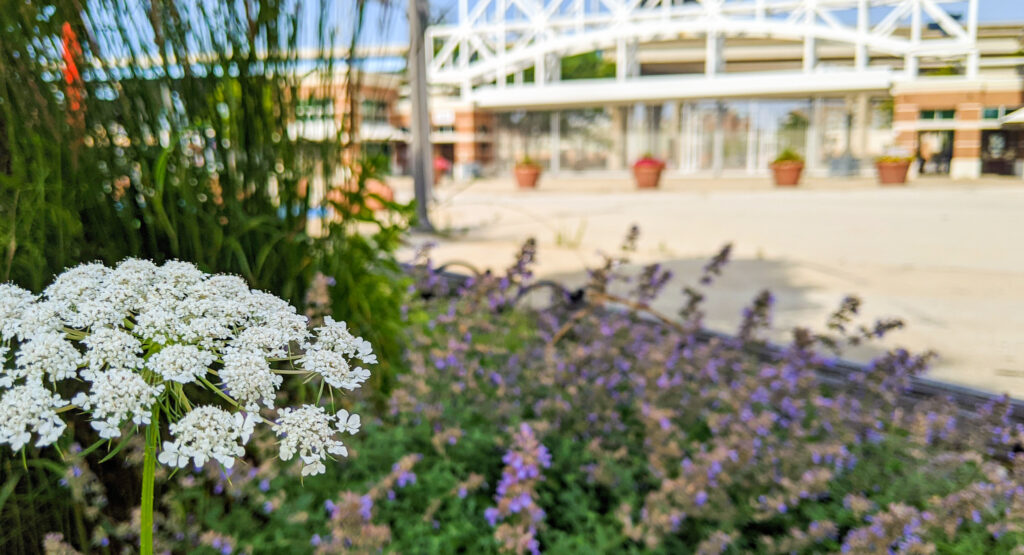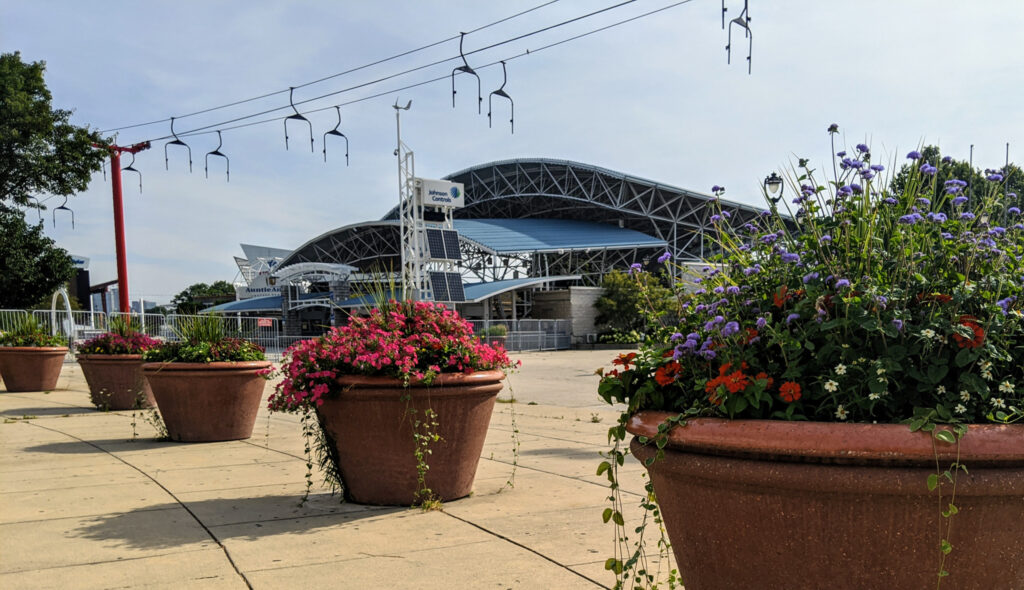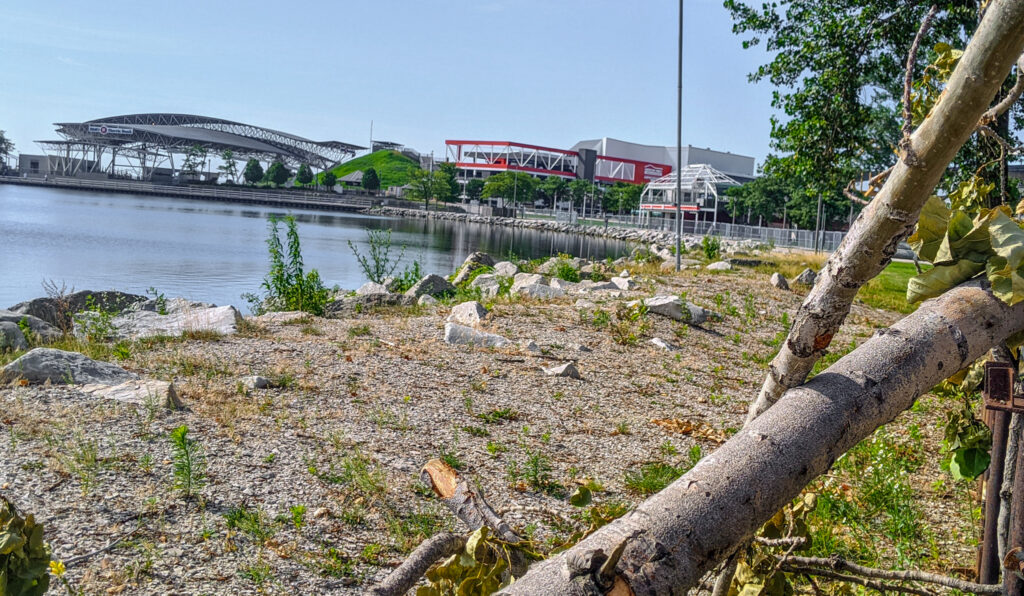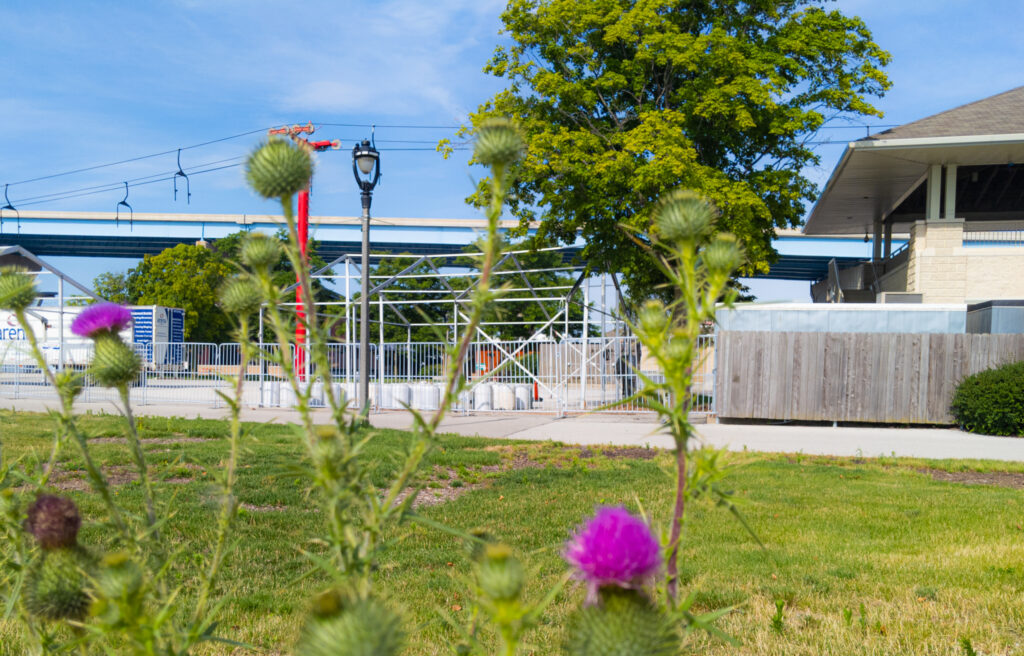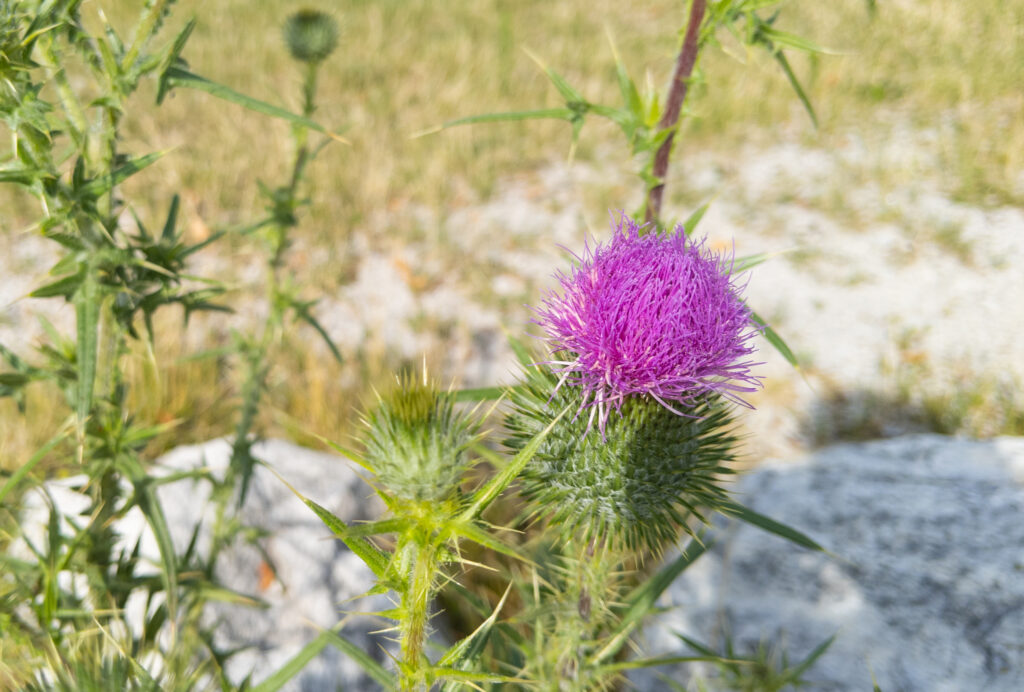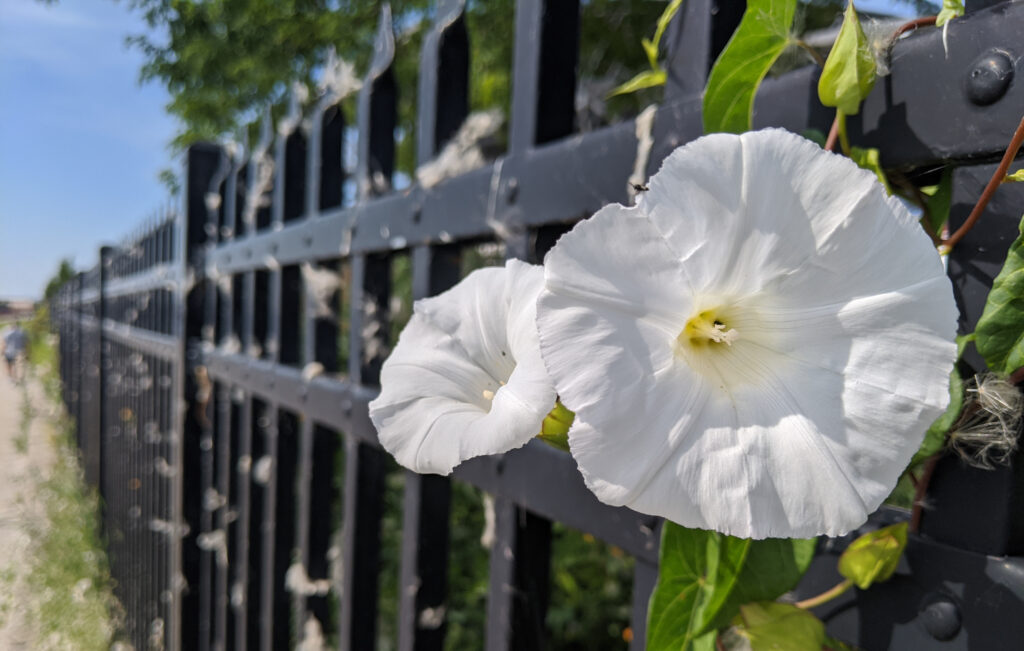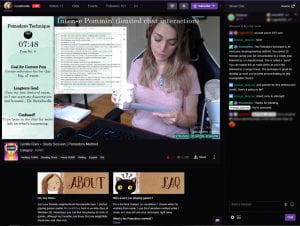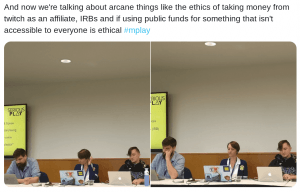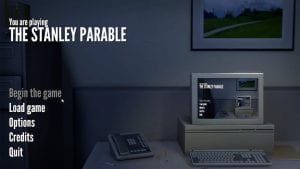Introduction
Textbooks for first-year writing courses are prohibitively expensive and, considering the wealth of resources available online, rarely have value outside of the classroom. As an instructor who has taught several of these courses at multiple institutions, I have been interested in developing an open educational resource (OER) to alleviate costs as well as provide the flexibility to use the work across curricula. Both as a graduate student and, later as an adjunct instructor, I encountered several obstacles to creating an OER for my courses. Many of these obstacles have been mitigated since being hired as tenure-track faculty. Not surprisingly, support from campus entities as well as departmental administrators is crucial to developing OERs. What does this support look like? What are some of the challenges that remain? How might we establish better policies and practices on campus to encourage more OER development from faculty, staff, and even students? This reflection curates some of my experiences and thoughts as I continue working on a campus-supported OER.
Motivations
I first considered adopting OERs while at the University of Wisconsin-Milwaukee (UWM) where I worked as a graduate teaching assistant. Before even teaching my first course, it was apparent that the textbook publication was a system that was only feasible at the expense of students. At that time, our first-year writing courses required a textbook, written by two UWM tenured faculty, which cost approximately $80. This was eventually replaced with an online textbook/multimedia cheaper resource, developed by another member of UWM faculty. This work is largely a compilation of online activities and short readings designed to support first-year writing. Because this textbook was accessible through the publisher’s website, however, students would be unable to access it after the semester was over.
While OERs were uncommon in 2013 (when I encountered the first instance), there were still options that could have alleviated costs for students. Yet OERs were far better supported at the time the replacement text was introduced. Both texts could have been replaced with free resources, yet the creators of these texts opted to pursue traditional publishing. Why? The profit to their creators is marginal at best and students pay for a resource that is of limited value.
My interpretation of this is that alternative publishing models have not yet been embraced by higher education. For reasons that are subjective to authors, the production of a free, reusable, and readily-accessible resource was less compelling than producing the works described. How might institutions and higher education-at-large shift this perception and prioritize OER development and distribution? How might this effort signify a broader change in how higher education accommodates students while also incentivizing the work of instructors and staff?
Individual Interest in OERs
My growing interest in creative commons was largely nurtured by academic librarians. As an intern with the UWM Library’s Digital Humanities Lab, I often worked with CC licenses and CC-licensed resources. It was also here that I learned about several digital initiatives including OERs. As a graduate student, however, this opportunity was not available to me. What was available to me was publishing my dissertation under a CC license. In 2019, this was surprisingly not as common and so the license I released the work under (CC BY-NC-SA) was selected with limited understanding of CC licensing. While my intention was duly considered when opting to license the work this way, I am increasingly concerned about the impact my ignorance may have and have had. Will licensing the work as NonCommercial limit my ability to revise this work into a publishable form?
During this same period, I also began promoting creative commons and “copyleft” concepts into my instruction. In addition to incorporating CC-licensed resources into my courses, I also dedicated time in each course instructing students on how to locate and use CC-licensed assets. Much of this was accomplished with support from our library staff.
With the onset of the COVID, which forced many of our classes online, I was uniquely qualified to recalibrate course materials into virtual offerings. This was especially handy in the case of a technical communications course. Due to increased popularity, several instructors were being brought in to teach additional sections. To provide new instructors with a readymade Canvas course that could be used to facilitate online and in-person offerings. This was offered under a Creative Commons license so that the syllabus, calendar, and other materials could be easily obtained, revised, and reused.
Support is Crucial to Using Creative Commons
Based on these experiences, it’s clear to me that creative commons adoption requires support and readily available guidance. In almost every case mentioned above, there were experts available to provide such assistance but it took me several years to get to know who those individuals were. Here are a few ways we might better support the creative commons and OER development on campus.
Proposition One: Discuss creative commons and OER options at new hire and graduate student orientations. Providing immediate direction can help newcomers identify campus experts, explore free options, and even inspire exploration of alternative publication methods and CC-licensed scholarship.
Proposition Two: Prioritize OERs as valid works that satisfy promotion criteria for service, research, and teaching requirements. Creating an OER requires time and touces upon all of the major areas demanded by tenure and promotion granting committees. New faculty and staff need to be assured that an original OER be accepted as an original work of scholarship, created in service to the greater academic community and for the benefit of student learning.
Proposition Three: Support for OER development should be intentional and methodical. I’m exceedingingly fortunate to have the generous support of my department chair, instructional technologists, and colleagues in developing a comprehensive OER for first-year professional writing students. It isn’t enough to have at-hand resources however (or even financial support!). A supportive team that can help keep the OER on track is essential for managing expectations and scope while being flexible enough to accommodate re-visioning.
This work is licensed under a Creative Commons Attribution 4.0 International License
